
漢德百科全書 | 汉德百科全书
 California-CA
California-CA
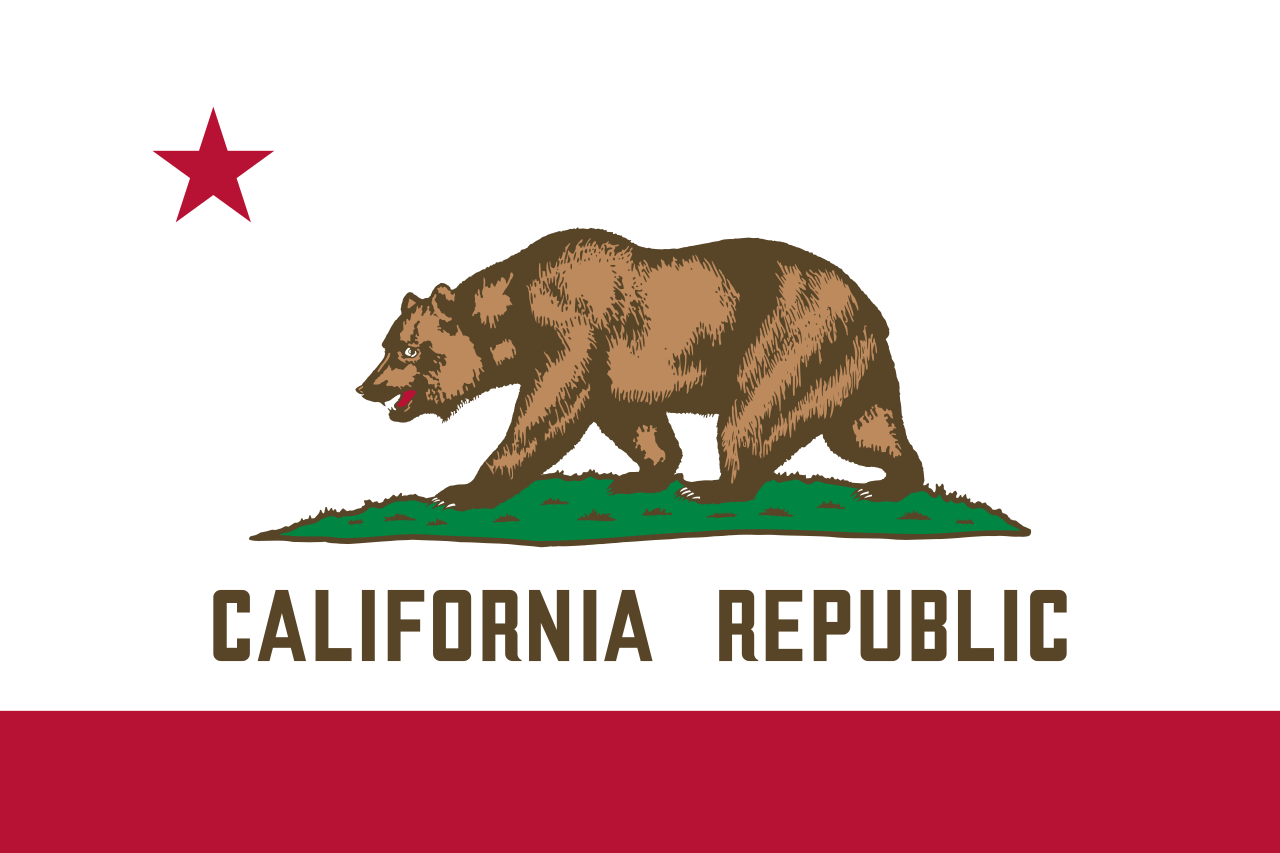


 California-CA
California-CA


 IT-Times
IT-Times
 IC
IC


 IT-Times
IT-Times
 Semiconductor technology
Semiconductor technology
 United States
United States

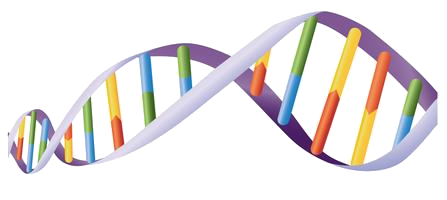 Science and technology
Science and technology
 Global Innovators
Global Innovators




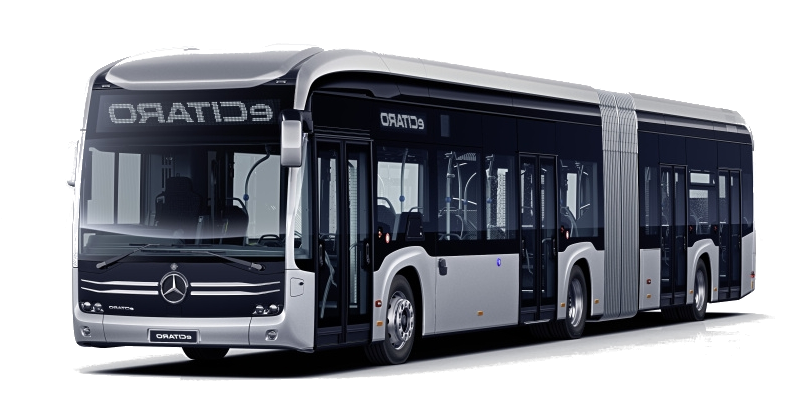
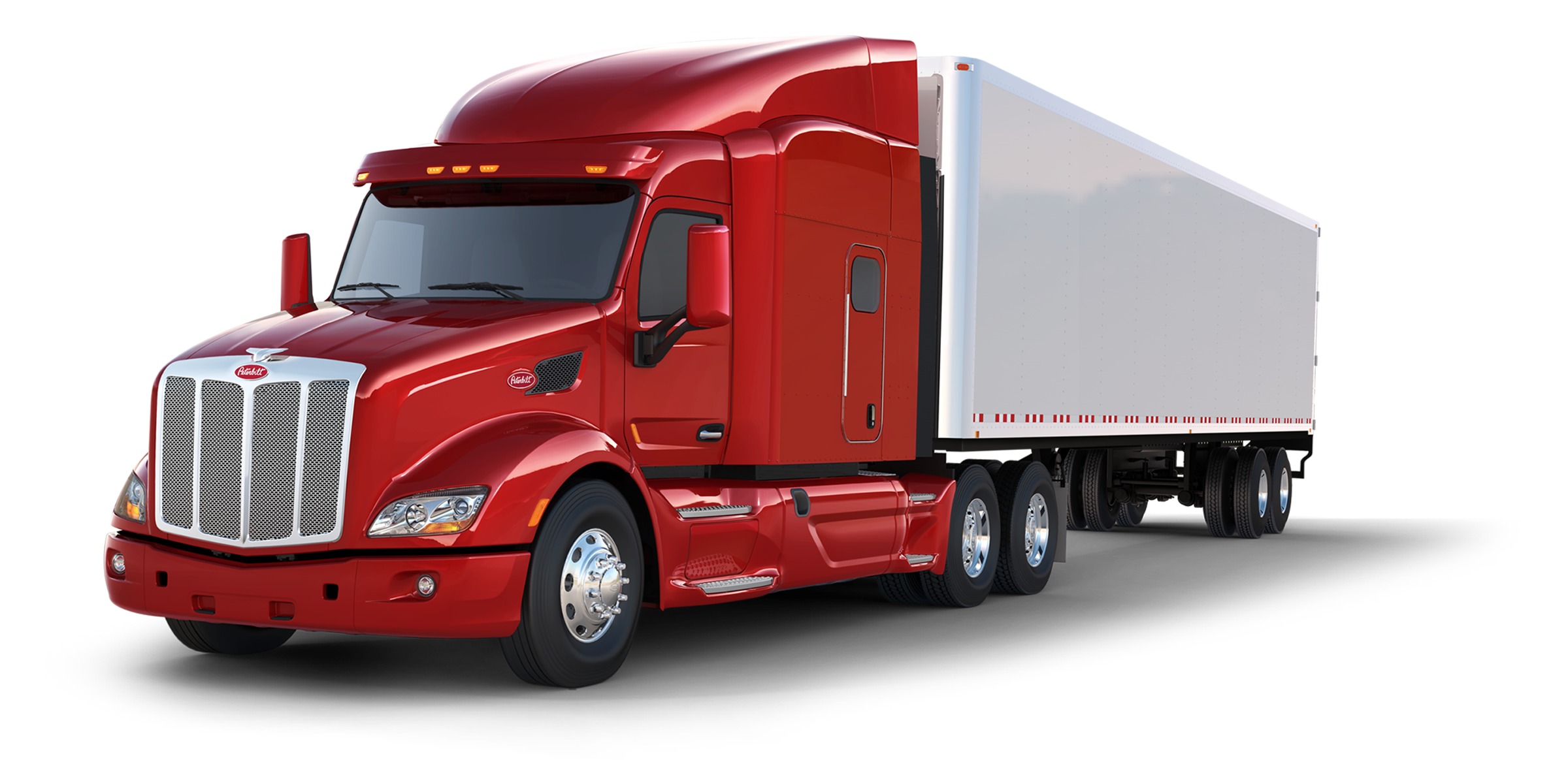 Automobile
Automobile



 Automobile
Automobile
 ***Technology
***Technology

 California-CA
California-CA


 IT-Times
IT-Times
 Android
Android


 IT-Times
IT-Times
 Internet of Things
Internet of Things


 IT-Times
IT-Times
 Search Engine
Search Engine


 IT-Times
IT-Times
 Artificial Intelligence
Artificial Intelligence

 Companies
Companies
 United States
United States

 Science and technology
Science and technology
 Global Innovators
Global Innovators
Das Silicon Valley [ˌsɪlɪkn̩ ˈvæli] (englisch für ‚Silicium-Tal‘) ist geografisch der südliche Teil der San Francisco Bay Area, der Metropolregion um die Städte San Francisco und San José, und wirtschaftlich einer der bedeutendsten Standorte der IT- und Hightech-Industrie weltweit.[1]
Das Silicon Valley umfasst das Santa Clara Valley und die südliche Hälfte der Halbinsel von San Francisco und reicht von San Mateo bis nach San José. Sunnyvale liegt ungefähr im Zentrum des Silicon Valley. Die Region Silicon Valley ist ungefähr 100 Kilometer lang und 30 Kilometer breit[2] und umfasst eine Fläche von rund 4000 km². Quer durch das Tal führt in Nord-Süd-Richtung der U.S. Highway 101.
Der Namensteil Silicon („deutsch Silicium“) bezieht sich auf das chemische Element, das den Hauptbestandteil bei der Herstellung von Computerbausteinen (integrierte Schaltkreise) darstellt.[3] Da der größte Teil des Forschungs- und Industriekomplexes mit über 1.000 Unternehmen in der Halbleiter- und Computertechnik im Santa Clara Valley liegt, wählte man als zweiten Namensteil das Tal (englisch valley). Die bereits gelegentlich, vorwiegend von Oststaatlern, für das Santa Clara Valley verwendete Bezeichnung Silicon Valley wurde 1971 als Begriff geprägt, als sie der Technik-Journalist Don C. Hoefler auf Vorschlag des Unternehmers Ralph Vaerst im Titel einer Artikelserie über die Halbleiterindustrie in der Wochenzeitung Electronic News erstmals publizierte.[4]
Die Bezeichnung kann mittlerweile auch auf die umgebenden Gebiete angewendet werden, da viele Unternehmen expandiert haben. Der Name Silicon-Valley steht umgangssprachlich auch für die Westküsten-Elektronik- und Computerindustrie der USA unabhängig von ihrem Standort.
硅谷(英语:Silicon Valley),是高科技事业云集的美国加利福尼亚州圣克拉拉谷(Santa Clara Valley)的别称,位于加州北部、旧金山湾区南部。硅谷的主要部分位于旧金山半岛南端的圣克拉拉县(Santa Clara County),主要是该县下属的帕罗奥图市(Palo Alto)到县府圣何塞市(San Jose)一段长约25英里的谷地;而总范围一般还包含西南旧金山湾区。


National Ignition Facility achieves fusion ignition
The U.S. Department of Energy (DOE) and DOE’s National Nuclear Security Administration (NNSA) today (Dec. 13) announced the achievement of fusion ignition at Lawrence Livermore National Laboratory (LLNL) — a major scientific breakthrough decades in the making that will pave the way for advancements in national defense and the future of clean power. On Dec. 5, a team at LLNL’s National Ignition Facility (NIF) conducted the first controlled fusion experiment in history to reach this milestone, also known as scientific energy breakeven, meaning it produced more energy from fusion than the laser energy used to drive it. This first-of-its-kind feat will provide unprecedented capability to support NNSA’s Stockpile Stewardship Program and will provide invaluable insights into the prospects of clean fusion energy, which would be a game-changer for efforts to achieve President Biden’s goal of a net-zero carbon economy.
“This is a landmark achievement for the researchers and staff at the National Ignition Facility who have dedicated their careers to seeing fusion ignition become a reality, and this milestone will undoubtedly spark even more discovery,” said U.S. Secretary of Energy Jennifer M. Granholm. “The Biden-Harris Administration is committed to supporting our world-class scientists — like the team at NIF — whose work will help us solve humanity’s most complex and pressing problems, like providing clean power to combat climate change and maintaining a nuclear deterrent without nuclear testing.”

“We have had a theoretical understanding of fusion for over a century, but the journey from knowing to doing can be long and arduous. Today’s milestone shows what we can do with perseverance,” said Dr. Arati Prabhakar, the President’s chief adviser for Science and Technology and director of the White House Office of Science and Technology Policy.
“Monday, December 5, 2022, was a historic day in science thanks to the incredible people at Livermore Lab and the National Ignition Facility. In making this breakthrough, they have opened a new chapter in NNSA’s Stockpile Stewardship Program,” NNSA Administrator Jill Hruby said. “I would like to thank the members of Congress who have supported the National Ignition Facility because their belief in the promise of visionary science has been critical for our mission. Our team from around the DOE national laboratories and our international partners have shown us the power of collaboration.”
“The pursuit of fusion ignition in the laboratory is one of the most significant scientific challenges ever tackled by humanity, and achieving it is a triumph of science, engineering, and most of all, people,” LLNL Director Dr. Kim Budil said. “Crossing this threshold is the vision that has driven 60 years of dedicated pursuit — a continual process of learning, building, expanding knowledge and capability, and then finding ways to overcome the new challenges that emerged. These are the problems that the U.S. national laboratories were created to solve.”
“This astonishing scientific advance puts us on the precipice of a future no longer reliant on fossil fuels but instead powered by new clean fusion energy,” U.S. Senate Majority Leader Charles Schumer (NY) said. “I commend Lawrence Livermore National Labs and its partners in our nation’s Inertial Confinement Fusion (ICF) program, including the University of Rochester’s Lab for Laser Energetics in New York, for achieving this breakthrough. Making this future clean energy world a reality will require our physicists, innovative workers and brightest minds at our DOE-funded institutions, including the Rochester Laser Lab, to double down on their cutting-edge work. That’s why I’m also proud to announce today that I’ve helped to secure the highest-ever authorization of over $624 million this year in the National Defense Authorization Act for the ICF program to build on this amazing breakthrough.”
“After more than a decade of scientific and technical innovation, I congratulate the team at Lawrence Livermore National Laboratory and the National Ignition Facility for their historic accomplishment,” said U.S. Senator Dianne Feinstein (CA). “This is an exciting step in fusion and everyone at Lawrence Livermore and NIF should be proud of this milestone achievement.”
“This is an historic, innovative achievement that builds on the contributions of generations of Livermore scientists. Today, our nation stands on their collective shoulders. We still have a long way to go, but this is a critical step and I commend the U.S. Department of Energy and all who contributed toward this promising breakthrough, which could help fuel a brighter clean energy future for the United States and humanity,” said U.S. Senator Jack Reed (RI), the chairman of the Senate Armed Services Committee.
“This monumental scientific breakthrough is a milestone for the future of clean energy,” said U.S. Senator Alex Padilla (CA). “While there is more work ahead to harness the potential of fusion energy, I am proud that California scientists continue to lead the way in developing clean energy technologies. I congratulate the scientists at Lawrence Livermore National Laboratory for their dedication to a clean energy future, and I am committed to ensuring they have all of the tools and funding they need to continue this important work.”
“This is a very big deal. We can celebrate another performance record by the National Ignition Facility. This latest achievement is particularly remarkable because NIF used a less spherically symmetrical target than in the August 2021 experiment,” said U.S. Representative Zoe Lofgren (CA-19). “This significant advancement showcases the future possibilities for the commercialization of fusion energy. Congress and the Administration need to fully fund and properly implement the fusion research provisions in the recent CHIPS and Science Act and likely more. During World War II, we crafted the Manhattan Project for a timely result. The challenges facing the world today are even greater than at that time. We must double down and accelerate the research to explore new pathways for the clean, limitless energy that fusion promises.”

“I am thrilled that NIF — the United States’ most cutting-edge nuclear research facility — has achieved fusion ignition, potentially providing for a new clean and sustainable energy source in the future. This breakthrough will ensure the safety and reliability of our nuclear stockpile, open new frontiers in science, and enable progress toward new ways to power our homes and offices in future decades,” said U.S. Representative Eric Swalwell (CA-15). “I commend the scientists and researchers for their hard work and dedication that led to this monumental scientific achievement, and I will continue to push for robust funding for NIF to support advancements in fusion research.”
LLNL’s experiment surpassed the fusion threshold by delivering 2.05 megajoules (MJ) of energy to the target, resulting in 3.15 MJ of fusion energy output, demonstrating for the first time a most fundamental science basis for inertial fusion energy (IFE). Many advanced science and technology developments are still needed to achieve simple, affordable IFE to power homes and businesses, and DOE is currently restarting a broad-based, coordinated IFE program in the United States. Combined with private-sector investment, there is a lot of momentum to drive rapid progress toward fusion commercialization.
Fusion is the process by which two light nuclei combine to form a single heavier nucleus, releasing a large amount of energy. In the 1960s, a group of pioneering scientists at LLNL hypothesized that lasers could be used to induce fusion in a laboratory setting. Led by physicist John Nuckolls, who later served as LLNL director from 1988 to 1994, this revolutionary idea became inertial confinement fusion, kicking off more than 60 years of research and development in lasers, optics, diagnostics, target fabrication, computer modeling and simulation and experimental design.
To pursue this concept, LLNL built a series of increasingly powerful laser systems, leading to the creation of NIF, the world’s largest and most energetic laser system. NIF — located at LLNL in Livermore, California — is the size of a sports stadium and uses powerful laser beams to create temperatures and pressures like those in the cores of stars and giant planets, and inside exploding nuclear weapons.
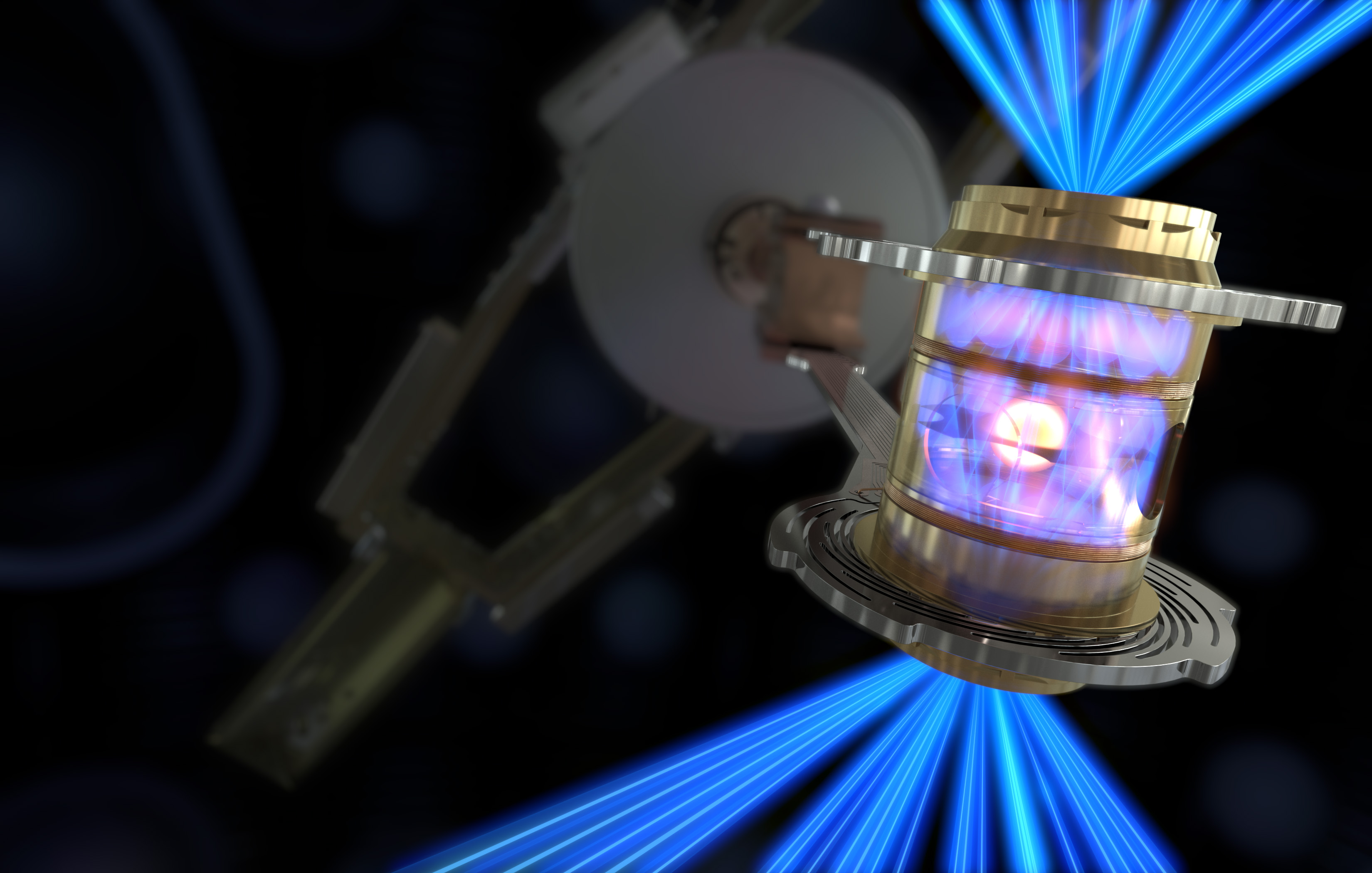
Achieving ignition was made possible by dedication from LLNL employees as well as countless collaborators at DOE’s Los Alamos National Laboratory, Sandia National Laboratories and Nevada National Security Site; General Atomics; academic institutions, including the University of Rochester’s Laboratory for Laser Energetics, the Massachusetts Institute of Technology, the University of California, Berkeley, and Princeton University; international partners, including the United Kingdom’s Atomic Weapons Establishment and the French Alternative Energies and Atomic Energy Commission; and stakeholders at DOE and NNSA and in Congress.



Der Channel-Islands-Nationalpark ist ein Nationalpark, der sich im Pazifischen Ozean auf den Channel Islands befindet, einer Inselgruppe vor der Küste des südlichen Kaliforniens. Fünf der insgesamt acht Inseln gehören zum Nationalpark.
Der Park schließt eine Wasserfläche des Pazifiks von sechs Seemeilen rund um die Inseln ein. Die Hälfte der Gesamtfläche von 1009,10 Quadratkilometer liegt unter Wasser.
Vom Plankton über Delfine, kalifornische Pelikane, Kormorane, Seelöwen, Möwen bis zu Blauwalen sind über 2000 Pflanzen und Tiere im Park beheimatet. Davon sind 145 Arten, wie z. B. die Echsenart Sceloporus occidentalis becki oder die Flechtenart Caloplaca obamae endemisch.
Die Parkverwaltung unterhält zwei Besucherzentren auf dem Festland in Ventura und Santa Barbara und zwei kleine sogenannte Besucherkontaktstationen auf Santa Barbara Island und Anacapa Island. Der Zugang zu den Inseln wird von Rangern, die im Besucherzentrum Genehmigungen zur Besichtigung erteilen, reguliert.
海峡群岛国家公园(英语:Channel Islands National Park)是由美国南加州太平洋海面上的一系列岛屿(8个海峡群岛中的5个)组成,与洛杉矶遥遥相望。因为景观特殊,富有特有的动植物而被列为国家公园,其中最特别的是岛屿灰狐,乃灰狐(Grey Fox)的特有亚种。公园的一半面积处于海域,因此海峡群岛国家公园保护了丰富的海洋生态,包括了多种类的鲸豚、海狮、海豹、海獭、鲨鱼,此外还有海藻林。如果没有私人飞机或游艇,那么参观海峡群岛国家公园则必须由文图拉市坐船前往。虽然这些岛屿离人口稠密的南加州海岸很近,但因为海峡的隔绝,一般游客不易到达,因此此公园是美国国家公园中游客较少造访的公园。由于船期有限,岛屿又各具特色,因此参观海峡群岛国家公园需要至少一整天时间。国家公园的承包商“岛上运货人”定期会有船只前往各岛屿。海峡群岛国家公园占了联邦政府所拥有的79018英亩(31977公顷)中的249561 英亩(100994 公顷)的地[2]。美国自然保育协会拥有并管理该公园内最大的岛屿——圣克鲁斯岛76%的面积[3]。
海峡群岛国家公园是各种各样重要的自然资源的栖息地以及文化资源的发祥地。1938年,该公园被指定为美国国家天然胜地,并于1976年被指定为国家生物圈保护区。1980年3月5日,该公园晋升为国家公园[4][5]。



 Automobile
Automobile
 ***Technology
***Technology



 Automobile
Automobile
 *Self-driving car
*Self-driving car

 California-CA
California-CA

 Companies
Companies
 Mainland China,Hong Kong,Macau,Taiwan
Mainland China,Hong Kong,Macau,Taiwan

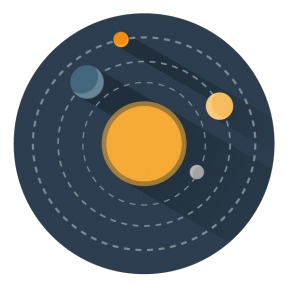 Astronomy
Astronomy

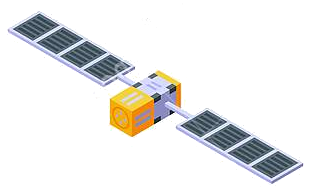
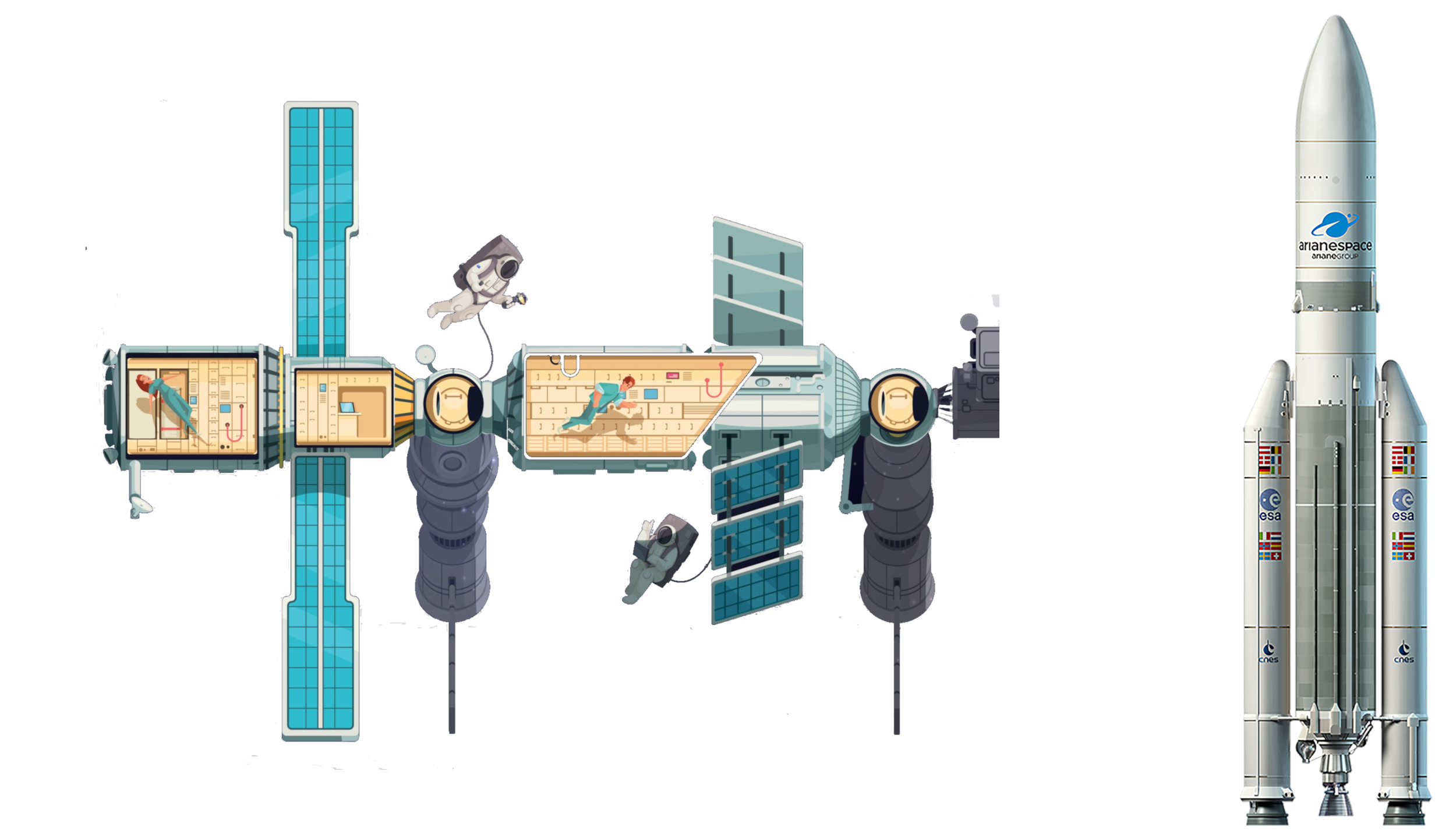 Aerospace
Aerospace
 Ships and Nautics
Ships and Nautics

 Art
Art
 Architecture
Architecture
 Energy resource
Energy resource
 History
History
 Animal world
Animal world
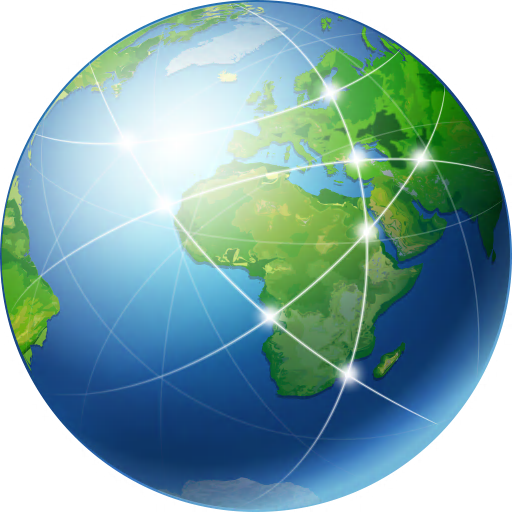 Geography
Geography